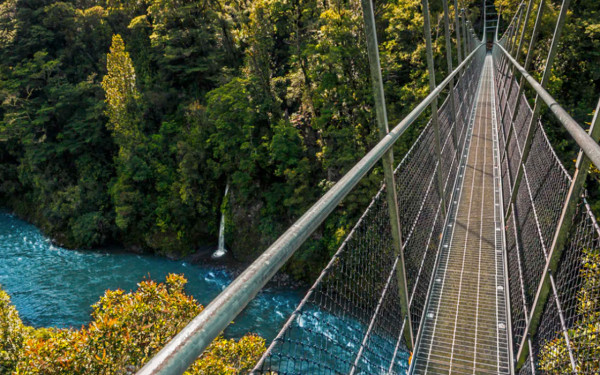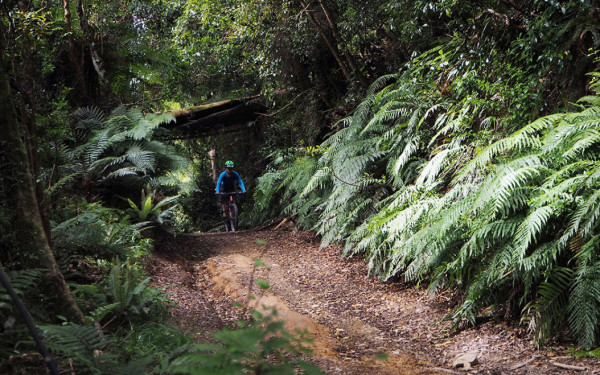We live in a beautiful environment that’s precious but fragile and like you, we’re here to protect it - along 497 kilometres of coastline and all 813,500 hectares of land.
When we talk about the environment, you might be surprised at just how many things it covers. It includes the health of our land, air and water of course, but also things like monitoring plants, animals and ecosystems, managing pests, tackling climate change and boosting conservation. There’s so much we do that’s often unseen – come and explore what that looks like.
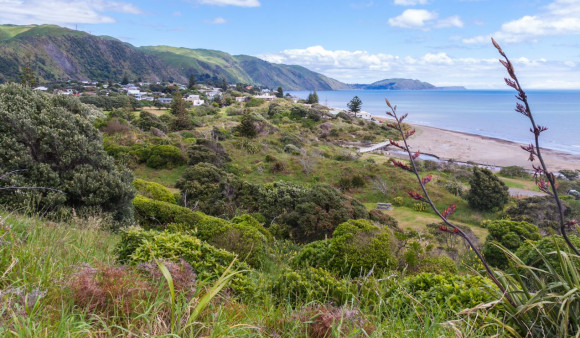
Our region's natural environment forms habitats for a diverse range of native plant and animal life. This life supports the health of our ecosystems and…

We're the region's environmental protection agency - we're here to work with our communities, mana whenua and other partners to adapt to the changing climate…

We want to know about all environmental incidents that cause environmental harm to land, water, air, and the coastal marine area.
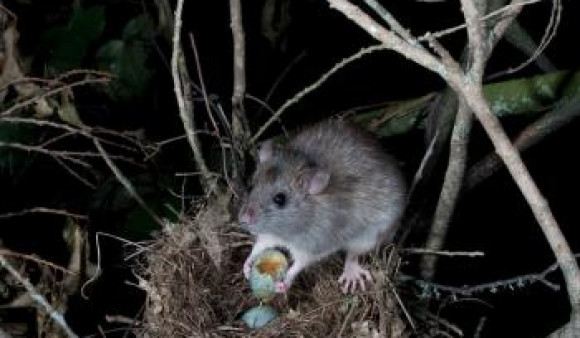
Pest management is the control of plants and animals that have a negative impact on our region's natural environment, which in turn can impact our…
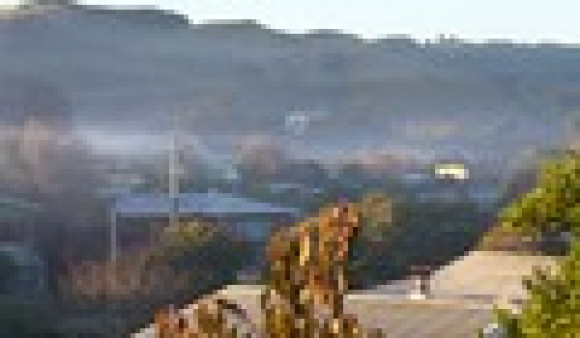
Everyone deserves clean air to breathe. Breathing polluted air can lead to respiratory (lung) and cardiovascular (heart) problems. Children and the elderly, are especially vulnerable…
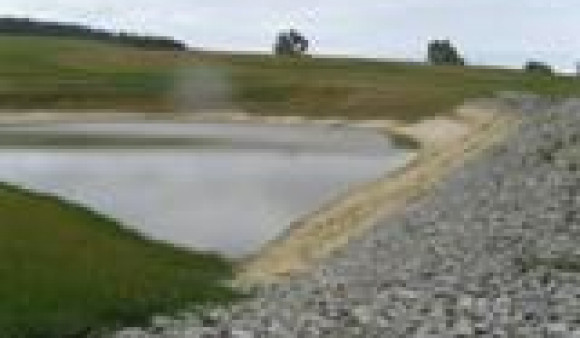
Land underpins our economy, and the way it is used has a big influence on freshwater quality. We are committed to working closely with businesses,…
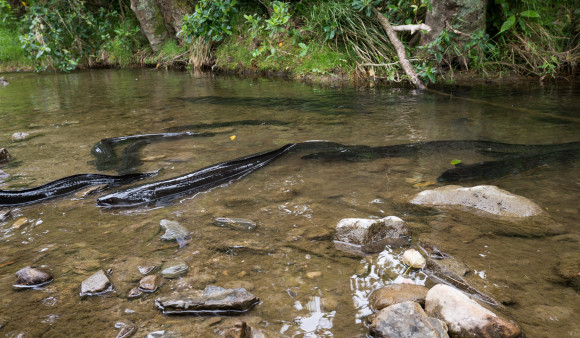
Water is a precious resource. We help ensure that we have enough clean, freshwater today and in the future.
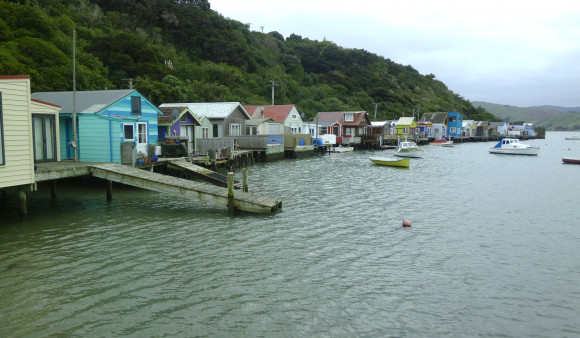
The waters of our region extend from the south coast of Wellington, to Otaki River on the west coast, and across to the Mataikona River…
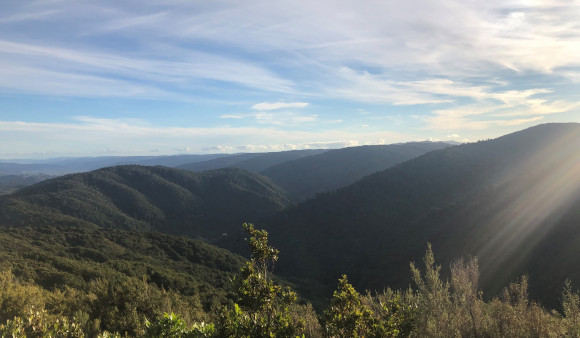
We closely monitor the region's air, land, freshwater, and harbours.
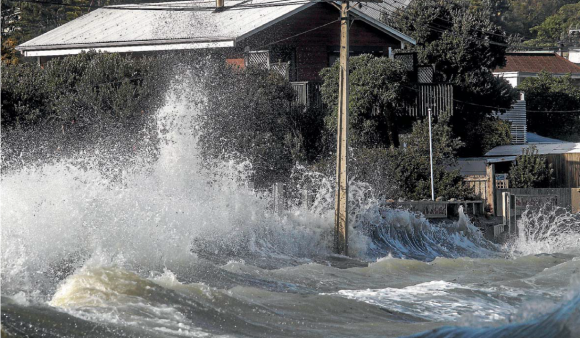
We know that living in a region with such stunning nature comes with hazards. We need to be prepared for earthquakes, floods, tsunamis, landslides and…
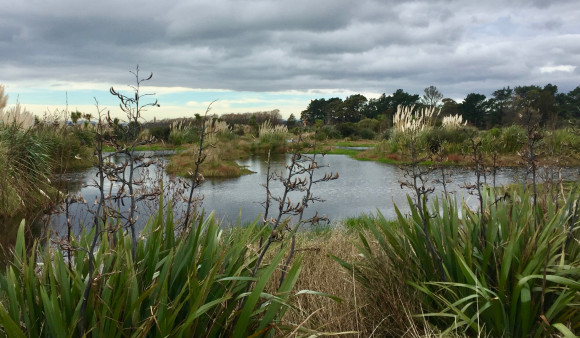
The Flood Protection team manages the risk of flooding and erosion in our region. We do this by using both engineering solutions and environmental maintenance.
Get in touch
- Phone:
- 0800496734
- Email:
- info@gw.govt.nz

